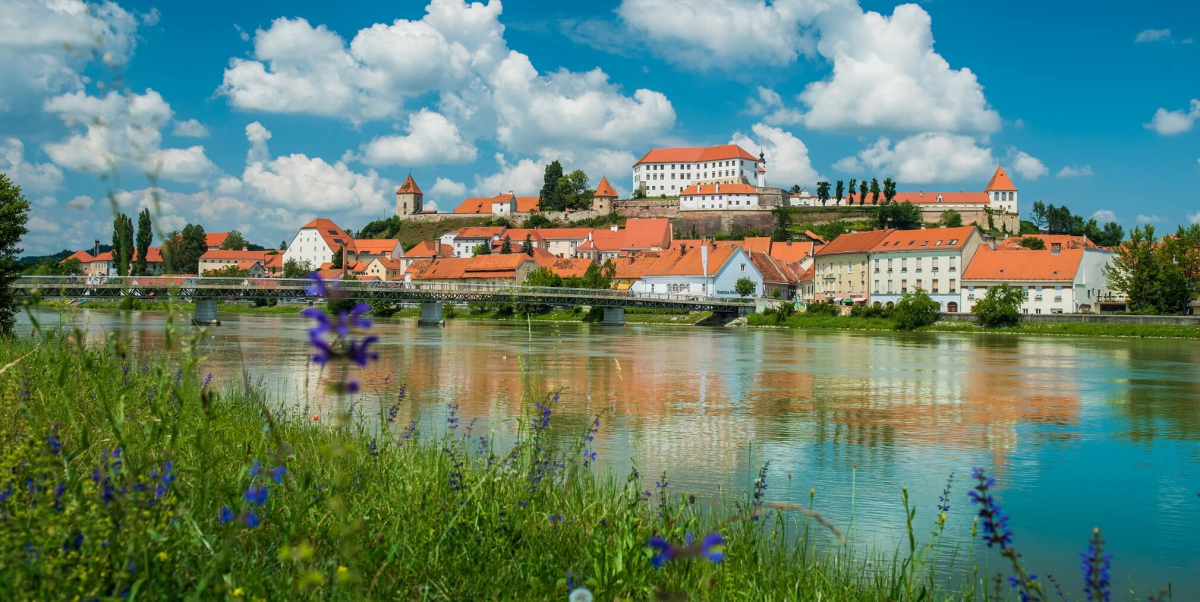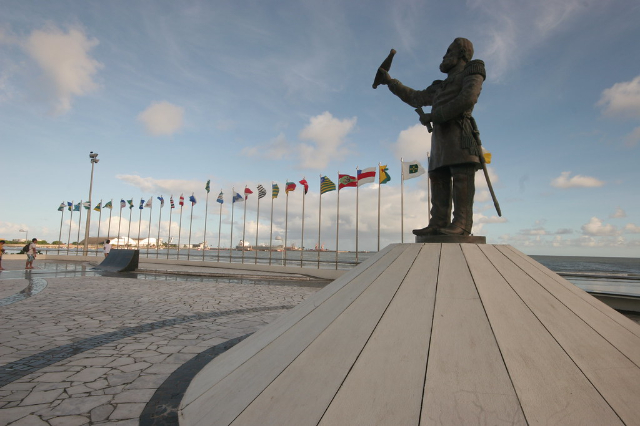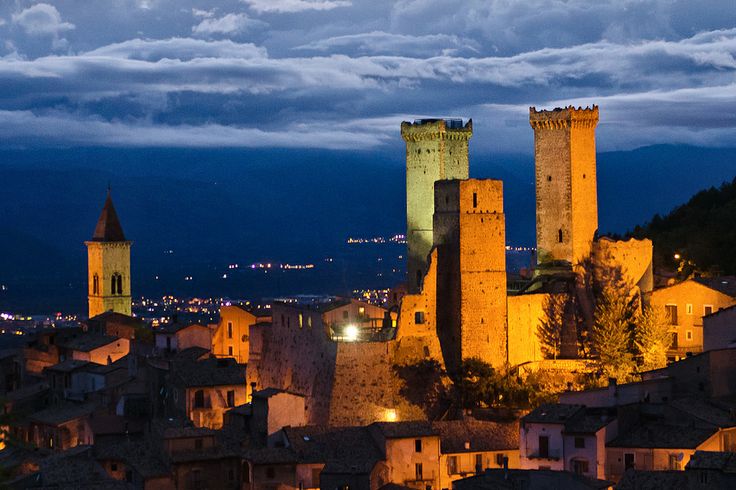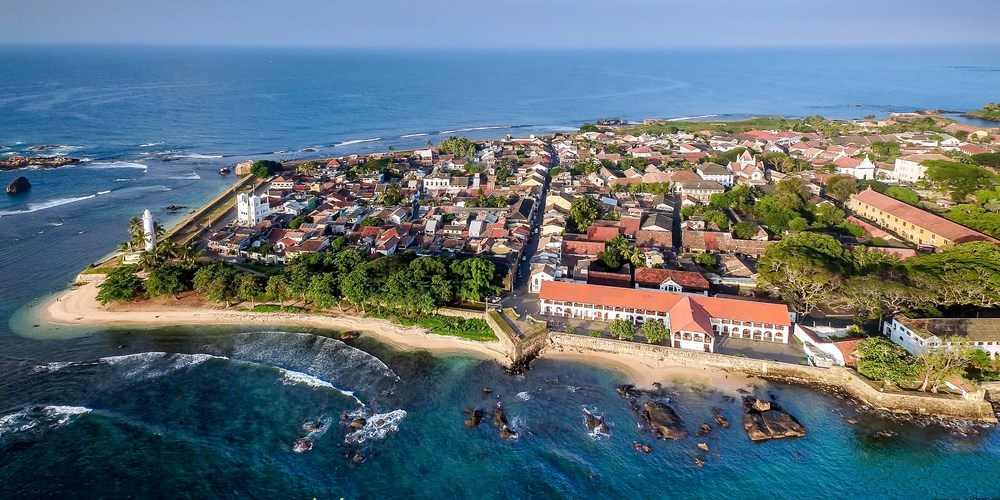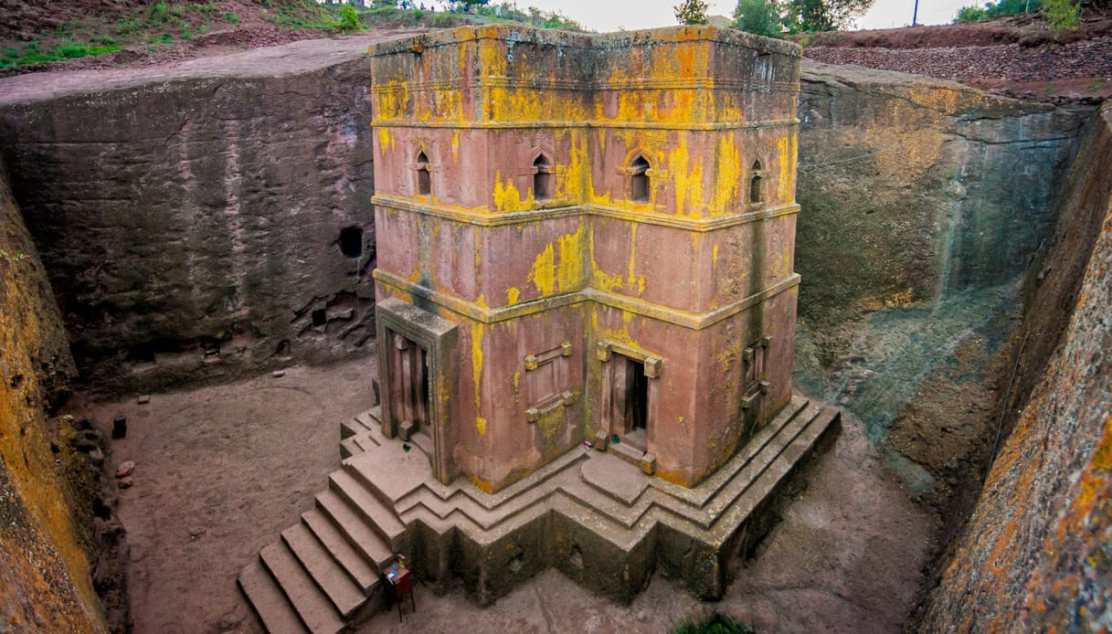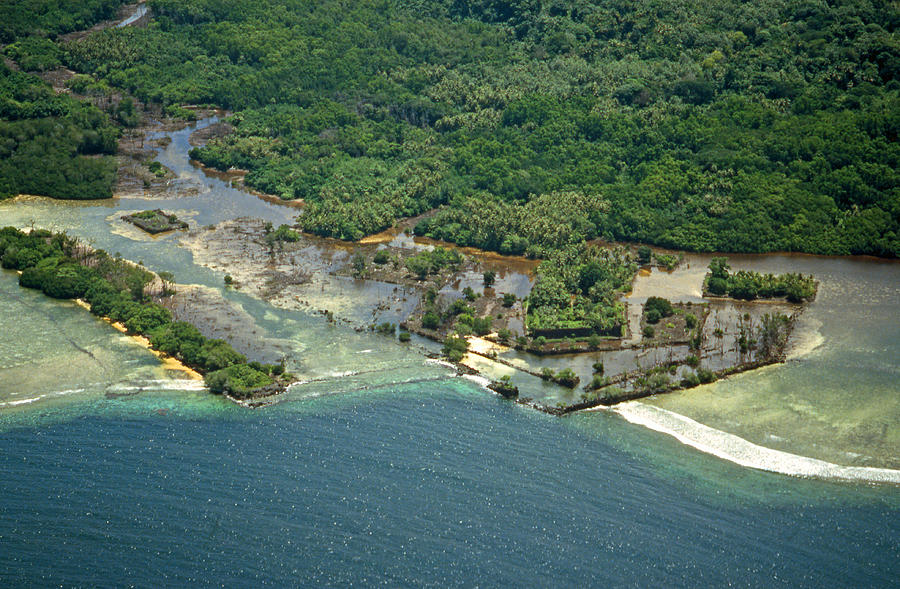The best way to see the medieval town of Ptuj, a little jewel of this part of Slovenia bordering Austria and Hungary, is from the other side of the Drava. From here you can see the red-roofed houses and the hill with the castle at the top reflected in the waters of the river that change colour with the passing of the hours. Ptuj is the oldest town in Slovenia.
Our itinerary to the discovery of this beautiful town begins from Ptujski grad, the city castle that rises on the hill along the course of the river Drava. The castle, built during the 13th century, enjoys a strategic position and dominates the surrounding territory. At the foot of the hill, very close to the river, there is the Dominikanski samostan, an ancient Dominican monastery whose church is used for classical music concerts. The monastery dates back to the 13th century and today it is part of the Pokrajinski muzei; in its rooms you can find stone artifacts and old coins.
Our itinerary continues to Marijin steber, a historical pillar dedicated to Mary. Nearby is the Minoritski samostan, the convent of minor monks from the 13th century. In the ancient building, seriously damaged during the Second World War, there is a library that preserves precious ancient volumes.
Continuing along Krempljeva ulica, a pedestrian street, we enter the historical centre. On our right we pass the local court, housed in an elegant building, on our left there is a long row of houses with characteristic sloping roofs.
Along the way we meet Furstova hiša, a cultural center that houses works by emerging artists, and we finally arrive in a beautiful and welcoming square where there is a monument dedicated to Sveti Florijan. On the porphyry square there are numerous period palaces, some of them very characteristic with their windows.
The most beautiful palace is certainly the Mestna hiša, the neo-Gothic palace that houses the Town Hall. Built at the beginning of the 20th century, it is characterized by a dynamic architecture that features arches on the ground floor and windows of different sizes on the upper floors; in addition to the bow windows, the main façade features a small balcony and a clock.
